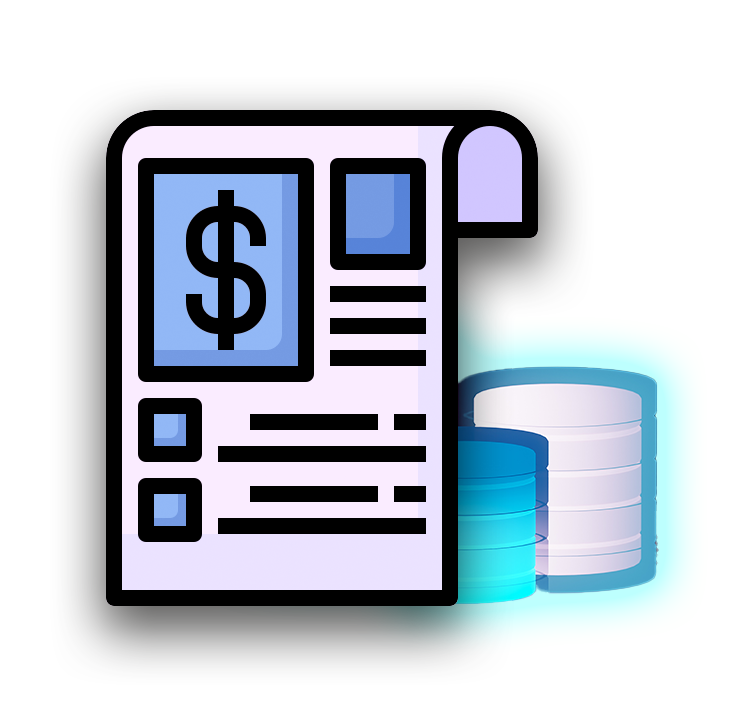Today we’re excited to announce the release of StandbyMP 12.2, delivering improved performance and.
Developing a dependable data security infrastructure is imperative in today's data-centric business environment. As more and more businesses are moving their on-premise databases to the cloud, we hear a lot of misconceptions, with one of the most common being that the cloud is more reliable than on-premise. It's vital to understand that clouds can still go down and your data may not be as safe as you believe. When migrating critical databases to the cloud, you need to be aware of some of the things that can go wrong. In this blog, we'll look at some recent examples of cloud disasters, delve a little more into the misconceptions and specify how to mitigate risks while in the cloud.
Clouds go down more than you think
While there are indisputable benefits to adopting cloud services for a wide range of IT objectives, it’s important to be aware that no cloud is immune to downtime, and most people are less protected than they think. As part of your cloud migration, it is essential to deploy Disaster Recovery that meets your Recovery Time Objectives and Recovery Point Objectives (RTO/RPO). If you are unprepared and do not have a Disaster Recovery plan in place, a cloud outage might bring your service to a standstill and lead to a loss of data.
-
According to Gartner, an average minute of downtime for a business costs $5,600, but the cost of downtime for enterprises can rise to $9,000 per minute.
-
According to Uptime Institute, over 60% of failures result in at least $100,000 in total losses which has increased since 2019 by 39%
-
Nearly 30% of outages in 2021 lasted more than 24 hours, a steep increase from 8% in 2017.
Recent cloud outages
Just this year, Oracle and Google Data Centers in London experienced outages as their cooling infrastructures failed during the region's worst heatwave on record. To avoid further hardware damage or system failures, both Oracle and Google had to shut down their equipment which led to a loss of services including access to Virtual Machines (VMs) and Compute. This event demonstrates that CSPs can encounter disruptions completely beyond their control, and the results can be disastrous.
Another example of a severe outage occurred three times for Amazon Web Services (AWS) in December 2021. The first that occurred was an in-region event that resulted from a capacity scaling issue, with the second one happening across the country in the US-WEST-1 and WEST-2 regions and was related to a network connectivity issue. The third and final outage affected one of the data centers within a single Availability Zone (USE1-AZ4) in the US-EAST-1 Region.
As demonstrated, outages can affect everything from a single cloud provider's Availability Zone to an entire region's worth of services. Even with the promise of 99.95% or 99.99% uptime (High Availability) you are still not protected during a disaster.
CSPs guarantee server uptime, not database uptime
When a CSP says that their servers will be up 99.95% or 99.99% of the time, they are talking about server uptime, not database uptime. This is because you are paying for the infrastructure that holds your databases, not for the databases themselves. This is mostly because CSPs don't have much control over many parts of "database accessibility," like user mistakes, internet outages, problems with performance, etc.
Therefore, a high uptime won't save you from a catastrophe. The server itself might be functional, however, your database might be down or unavailable. This is why most CSPs recommend you implement a continually verified, out-of-region warm standby database to ensure minimal data loss, rapid recovery, and resilience in the face of any. With so much business value tied up in an organization's data, it is critical to protect this data. Understanding any limitations and critical failure points is a critical first step. This means accepting that no cloud is immune to downtime and developing a robust solution to mitigate this risk while meeting your RTO/RPO objectives. It is your responsibility as a user (not the CSP) to deploy a solution that meets your RTO/RPO requirements across all disaster types.
Prepare for cloud outages with a standby
An out-of-region standby environment protects against data center and availability zone outages ensuring your database is always available. Dbvisit's Standby MultiPlatform (MP) is an enterprise-class Disaster Recovery (DR) solution that enables users to quickly and affordably implement a resilient standby environment in the cloud for Oracle Standard Edition and Microsoft SQL Server databases. StandbyMP offers a continuously verified, out-of-region warm standby database that is always available and ready to take over at a moment's notice, ensuring minimal data loss, quick recovery, and resilience in the face of any disaster. With StandbyMP's low bandwidth architecture, users can easily create and maintain a warm out-of-region standby database in the cloud, benefitting from the added security, low CapEx, and ease of deployment of a cloud-based standby.
What next?
If you're interested in learning more, you can also visit our DR for the cloud page here, or check out our white paper which details some key considerations before migrating databases to the cloud. If you have any questions or want to see the software for yourself, please contact us and one of our Technical Consultants will be happy to help!

Subscribe to our monthly blog updates
By subscribing, you are agreeing to have your personal information managed in accordance with the terms of DBVisit's Privacy Policy











